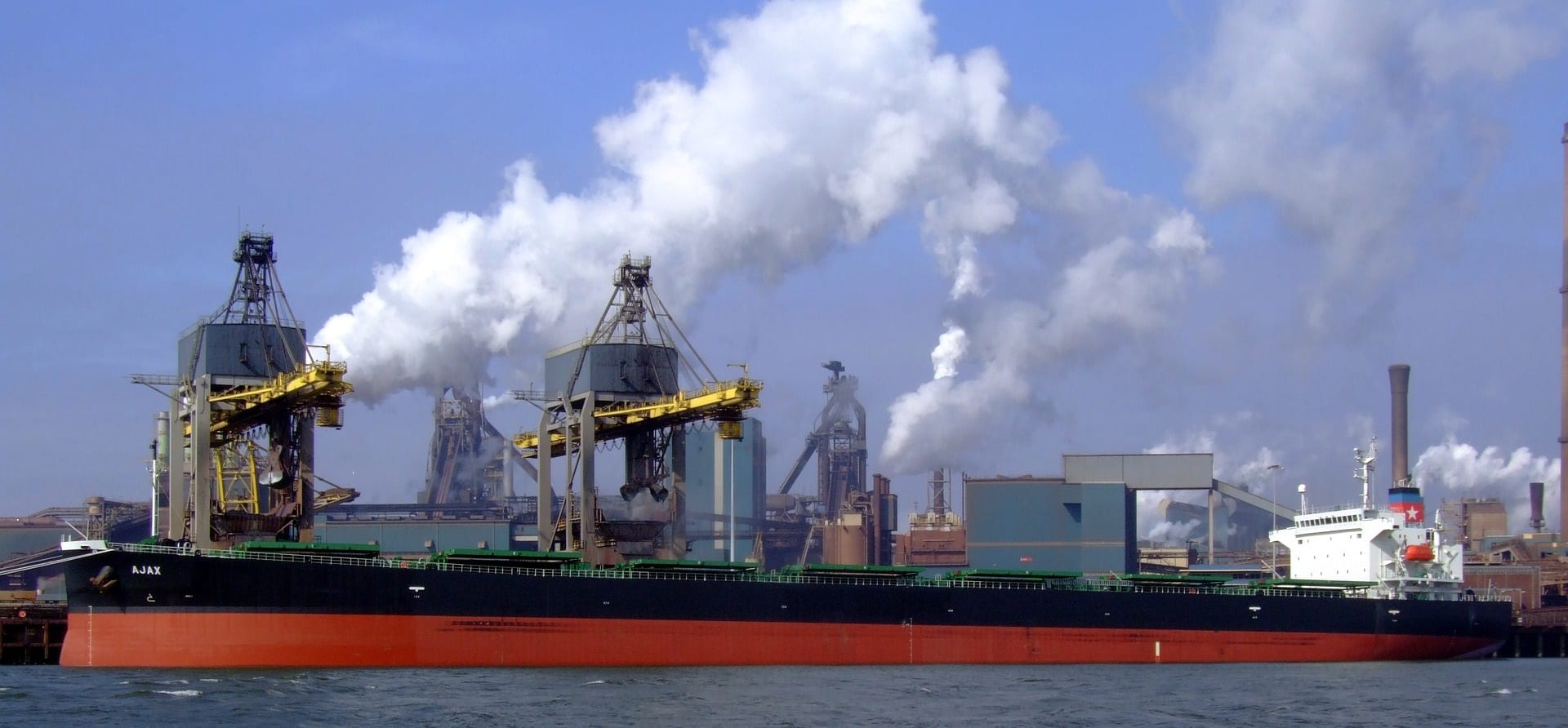 On 24-28 October 2016, two weeks before the Marrakech COP22, the International Maritime Organization (IMO)- the UN’s body responsible for regulating shipping, met for the 70th session of the Marine Environment Protection Committee (MEPC). With a heavy agenda on the table, colleagues from UMAS closely followed two key agenda items, review of the implementation date for a sulphur cap (item 5), and, reduction of GHG emissions from ships (item 7).
On 24-28 October 2016, two weeks before the Marrakech COP22, the International Maritime Organization (IMO)- the UN’s body responsible for regulating shipping, met for the 70th session of the Marine Environment Protection Committee (MEPC). With a heavy agenda on the table, colleagues from UMAS closely followed two key agenda items, review of the implementation date for a sulphur cap (item 5), and, reduction of GHG emissions from ships (item 7).
On the first day of the committee meeting Dr Tristan Smith and Carlo Raucci along with the lead authors of the study presented the findings of the IMO fuel availability study as a side event presentation. The presentation was followed by another study using the same terms of reference but coming to a contrasting conclusion.
The sulphur study and the submissions were discussed in plenary on Thursday, which saw the house divided, but with majority supporting the 2020 (instead of 2025) implementation for 0.5% sulphur.
The chairman’s summation, which suggested that the house go ahead with the 2020 implementation with further work to be carried out in the next meetings to resolve any technical matters, received no objection from any member state. The floor was then opened to NGOs and IGOs, who again expressed divided opinions on the implementation date.
This landmark decision, despite the opposition and a divided house, was perhaps the result of mounting public pressure on governments to deliver because of the local air quality impacts of SOx emissions. One study released prior to MEPC by a group of leading researchers from the United States and Finland found that 2020 (and not 2025) implementation of a global low-sulphur fuel cap for shipping would prevent some 200,000 premature deaths due to less toxic fumes, mainly in coastal communities in the developing world.
This includes 134,650 avoided premature deaths in Asia, 32,100 in Africa and 20,800 in Latin America. The sulphur limit for marine heavy fuel oil is 3,500 times higher than the limit for diesel used in Europe’s cars and trucks, making the shipping industry by far the world’s biggest emitter of SO2. A handful of the largest ships emit as much sulphur as the global fleet of cars.
A celebration was much needed following the intense debate on GHG emissions that took place in the plenary as well as in the working group tasked with producing a roadmap to create a long-term strategy on GHG emissions, which worked late hours ending at midnight.
All together 14 papers were submitted to the committee on this subject, and all, with the exception of two papers, were calling for shipping to consider its fair share of emissions.
There were many reasons to be upbeat:
- The number of submission in support, which has increased from 1 in MEPC 68 and 4 in MEPC 69
- Growing industry support including the heavyweights, industry intervention in MEPC 69 was the first on such an issue
- A growing mix of developing and developed countries supporting shipping’s fair share of emissions
- Countries include Small Island Developing States (SIDS) and non SIDS i.e. those impacted by climate change and those responsible
- Countries opposing didn’t have strong/credible arguments (e.g. a cap on shipping emissions is a cap on trade), losing ground and becoming the minority.
But the celebration was short-lived as an intense debate resumed when the report of the working group was presented at the plenary. In the end the roadmap, (“Comprehensive IMO strategy on reduction of GHG emissions from ships”), developed by the working group was approved by the plenary at MEPC on Friday.
The “Comprehensive IMO strategy on reduction of GHG emissions from ships” foresees an initial GHG strategy to be adopted in 2018 and contains a list of activities, including further IMO GHG studies, with relevant timelines and provides for alignment of those new activities with the ongoing work by the MEPC on the three-step approach to ship energy efficiency improvements mentioned above. Several inter-sessional meetings have been pencilled in the roadmap to begin the necessary work.
Perhaps the most important thing to note were the two oft-repeated words, that kept appearing on this subject, including the drafts report, were ‘ambitious’ and ‘urgent’. UMAS researchers who attended the meeting are now in the process of analysing the debate in more detail. A similar analysis of the previous MEPC meeting can be found on the UMAS website.
UMAS continues to be engaged in the process and contributing in various publications surrounding the MEPC, including the launch of the LR study titled ‘Low Carbon Pathways’ in the run up to MEPC 70 and the launch of the Danish Shipowners Association study titled “CO2 Emissions from International Shipping: Possible reduction targets and their associated pathways”. This study was published on 4th November, the day of ratification of the Paris Agreement and just prior to Marrakech COP22.
Image credit: CC0 Public Domain Pixabay.com WikimediaImages
https://blogs.ucl.ac.uk/energy/2016/11/11/highs-lows-united-nations-internationa... Close
Close

